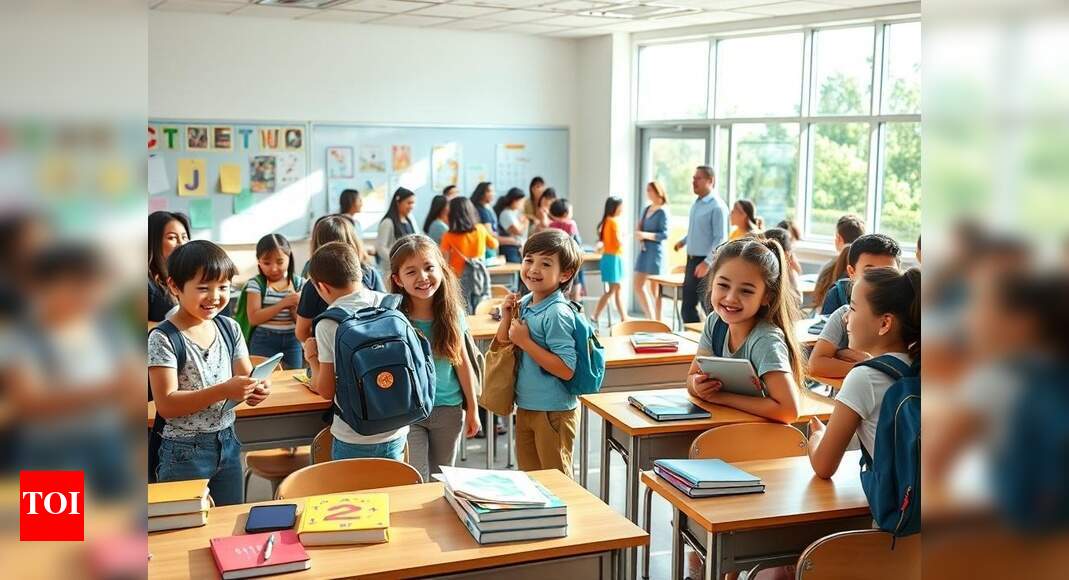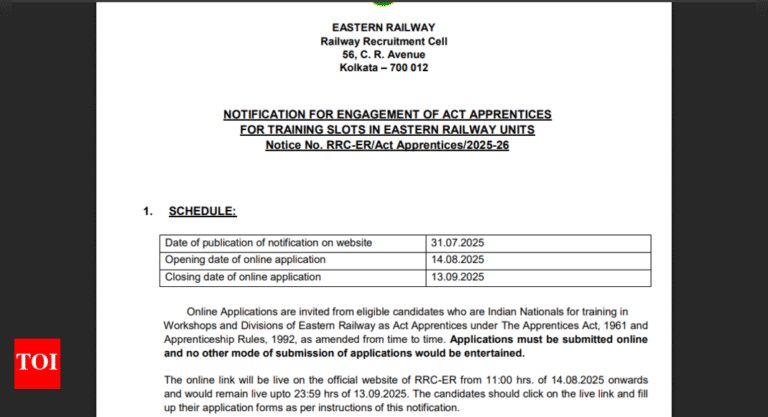
As August edges into September, millions of students across the United States begin the annual pilgrimage back to classrooms—some with excitement, others with anxiety, and many with a bit of both. While the back-to-school season varies from state to state—starting as early as late July in southern districts and extending into mid-September in parts of the Northeast—it marks a universal transition. It’s a reset not just of routines, but of mindsets, habits, and ambitions. And in 2025, navigating this shift requires more than just fresh notebooks and sharpened pencils.This year brings with it heightened academic expectations, the deepening integration of AI in education, a renewed national focus on student mental health, and the continued balancing act between screen time and face-to-face interaction. For students and parents alike, the return to school in 2025 is less about returning to “normal” and more about adapting intelligently to the new demands of learning—and living—in a post-pandemic, hyperconnected world.
1. Rebuilding routines without the burnout
Summer’s late nights and unscheduled days don’t yield easily to the 6:30 a.m. alarm. For students—especially adolescents whose biological sleep clocks skew later—this transition can be jarring. Experts recommend beginning the reset at least a week in advance. Gradually shifting sleep schedules, limiting screen exposure after dusk, and introducing light physical activity in the morning can help recalibrate the body’s rhythm.But beyond sleep, daily structure matters. Creating realistic time blocks for studying, unwinding, and digital detoxes is critical. Students who map out their weeks early often find they’re less overwhelmed once assignments and assessments pile up. Parents, too, benefit from establishing predictable after-school routines, balancing support with autonomy.
2. Tech is here to stay—use it smartly
The rise of generative AI tools like ChatGPT, Grammarly, and Notion AI has reshaped the way students learn, write, and even organize their time. While some schools have implemented restrictions or AI-use policies, others are encouraging responsible engagement.For high school and college students, using AI tools as learning companions—rather than shortcuts—can foster deeper understanding. Summarizing complex readings, generating study questions, or checking grammar can be productive uses. But over-reliance can dull original thinking. Parents and educators must help students differentiate between aid and avoidance.And with most schoolwork now living online—from Canvas to Google Classroom—it’s imperative to maintain digital hygiene. Calendar syncing, file backups, and note organization shouldn’t be afterthoughts—they are essential academic skills in their own right.
3. The mental health conversation is no longer optional
One of the most significant shifts in American education over the past five years is the growing normalization of mental health dialogue. Yet, a 2024 CDC report revealed that nearly 1 in 3 high school students still experience persistent feelings of sadness or hopelessness—a figure that remains alarmingly unchanged.Schools are responding with expanded counseling services, SEL (social-emotional learning) periods, and mindfulness initiatives. But access and quality still vary widely by zip code.For students, learning to identify early signs of burnout, social anxiety, or depression is as vital as understanding algebra. Journaling, seeking peer support, or speaking to a trusted adult are no longer “extra” practices—they are necessary tools for survival and success.
4. Navigating academic pressure and setting realistic goals
The pressure to perform—amplified by college admissions stress, competitive GPAs, and stacked extracurriculars—can overshadow the joy of learning. Back-to-school 2025 is an opportunity to recalibrate.Rather than fixating solely on grades or rankings, students should focus on progress over perfection. Micro-goals, such as improving a study habit or engaging more in class discussions, often lead to better outcomes than lofty, undefined resolutions.Parents play a key role here: emphasizing effort over outcomes, praising resilience instead of perfection, and allowing space for occasional failure can buffer students against academic anxiety.
5. Making space for connection, offline
After years of hybrid models, disrupted schedules, and digital-first friendships, many students are relearning how to engage in person. This social reset isn’t easy for everyone. For some, the cafeteria is more intimidating than the classroom.Encouraging small, consistent social risks—joining a club, initiating group study sessions, or even just greeting seatmates—can help rebuild confidence. Schools that foster belonging through peer mentorship, inclusive events, and advisory periods often see better academic and emotional outcomes.Not just back to school, forward with intentionBack-to-school 2025 isn’t just a return to routine—it’s a re-entry into an educational system undergoing quiet but seismic shifts. For students, this year is a chance to be intentional: about how they manage time, embrace tech, engage with peers, and protect their mental well-being.For parents, it’s a moment to let go of outdated metrics of success and tune in to what their children truly need to thrive—not just in school, but in life. If approached with clarity, compassion, and a touch of courage, this school year can be more than just another grind. It can be a foundation for something meaningful, resilient, and real.








